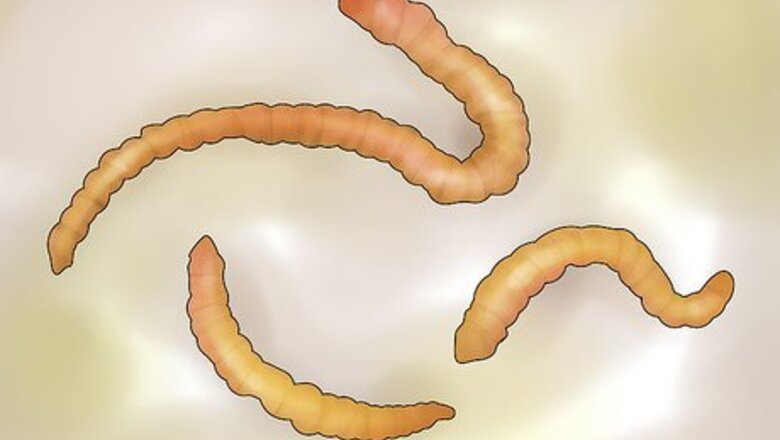
views
Using Live Bait
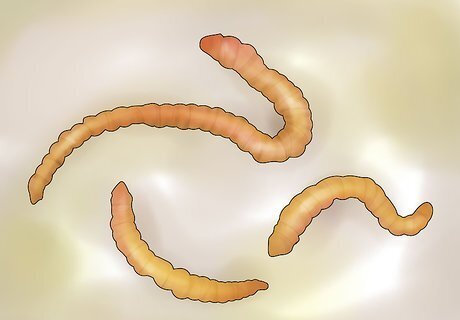
Use worms and mealworms when in doubt. This bait is widely used in many types of fishing. Use earthworms or manure worms in freshwater and bloodworms or sandworms in saltwater. Mealworms and other live grubs are usually used for trout or bass. Pierce through several smaller worms or cut up worm halves to hide the hook in a mass of wriggling worms. Some hooks come with smaller hooks attached to the side for this purpose. For large worms, thread a single worm along the hook until the hook is mostly or completely hidden. For very large worms, pierce the hook through several points of the body. Leave a length at the end to wriggle and attract fish.
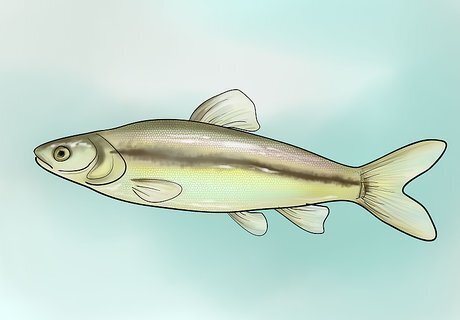
Use minnow or sardines as a general purpose bait fish or specialize with another variety. Many fish feed on minnow, but make sure you pick a size appropriate for your target fish to eat. Sardines also make great bait and attract most fish. Ask at the bait shop what kind of local fish your target eats, too. If you are dragging the bait behind you in a moving boat (trolling), hook the fish under its jaw and exit through the top, or just through its upper jaw for especially large bait fish. Alternatively, you can hook it through both nostrils. Any of these hook methods will maximize the fish's ability to swim with a natural motion to attract predator fish. For fishing while still or moving slowly, hook the bait fish on its back just in front of the dorsal fin. Hook it underneath the spine to avoid paralyzing it. This forces the fish to swim more frantically and head-downwards, attracting attention. You can fine tune the depth by placing it further ahead of the dorsal fin; this causes it to swim at a shallower downward angle. If you are freelining (fishing while stationary, using no floats or weights), you can hook the bait near the tail to make it swim forward. To force it to swim downward instead, hook into the mouth and exit through the gills.
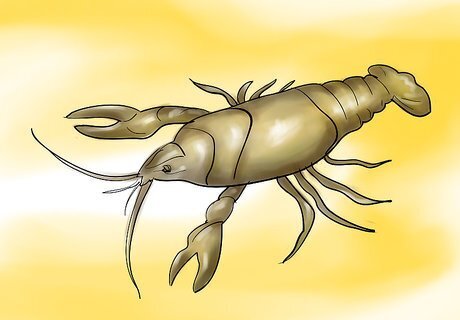
Hook certain species with crayfish. Fish that are attracted to crayfish bait include smallmouth bass, catfish, and walleye. Thread the hook shallowly through the back or front of the crayfish, pushing it out again on the same side. Don't go any deeper than necessary to get under the main shell segment, or you may kill the crayfish. Alternatively, thread the hook through the meaty tail. This can hide most of the hook and will not hit any of the crayfish's vital organs. Start at the end of the tail and push the hook out just before the body.
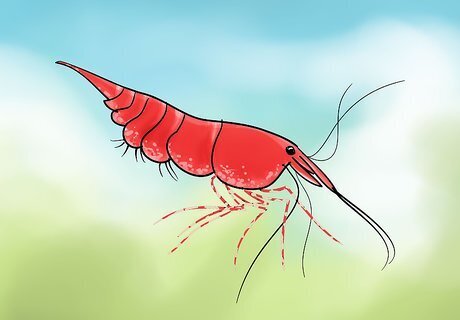
Use shrimp when saltwater fishing near the shore. Shrimp are a common, cheap bait that many inshore fish varieties feed on, including redfish, jacks, and grouper.These are similar in anatomy to crayfish, but you may need to use a thinner hook for small varieties. Hook shallowly through the body or through the meat of the tail. Remove a few segments of shell so the shrimp scent is stronger.
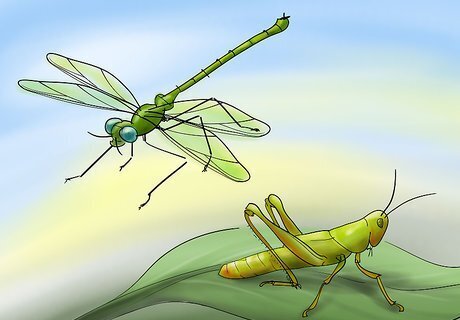
Bait freshwater fish with insects. During the summer when insects are plentiful, fishermen can simply catch adults from the ground or young nymphs from under the water surface to guarantee bait that's part of the local fish diet. Trout are especially attracted to insects. Insects should be handled carefully, as they area easily killed while baiting. Tie a flexible thin wire to the shank of the hook, then wrap it carefully around the insect to affix it to the hooked section. If you can't affix it with wire, hook through the rear section of the body. The vital organs are mostly in the front and should be avoided. It doesn't matter which direction the insect is facing.
Using Dead or Artificial Bait
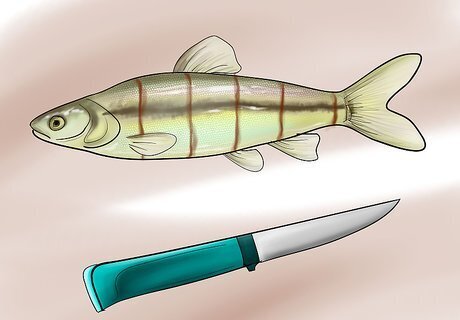
Use fish pieces to attract fish that hunt by scent. This includes many saltwater fish such as sea trout and bluefish, as well as freshwater bottom feeders such as carp and catfish. If you are fishing from one spot (still fishing), cut the fish into chunks thick enough to hide most of the hook. If you are dragging the fishing line behind a moving boat (trolling), cut the fish into long, thin V-shaped strips. Pierce the hook through the thicker end so the moving strip imitates a swimming fish.
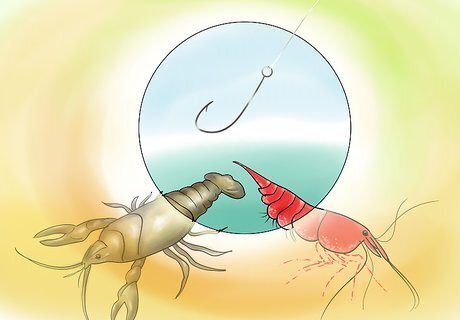
Bait with crayfish tail in freshwater or brackish water and shrimp tail in saltwater. Any fish that hunts crayfish, such as pike or catfish, can be attracted by a severed tail with the hook pushed along the length of the meaty center. The same hooking process can be used to attract shoreline fish with a shrimp tail bait.
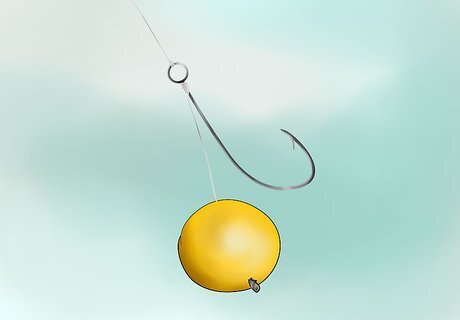
Customize doughballs to your fish species. Commercial doughball paste can be purchased in labeled varieties that attract bass, trout, or another specific species. You can also make your own by boiling hot water, flour, cornmeal, and molasses for a few minutes and letting it cool. Fishermen add anything from cheese to garlic to this recipe in their efforts to attract an individual fish species. Form the paste into a ball over the entire hook. Press it into place so the hook is hidden completely. Some hooks include wire springs to help keep the doughball in place.
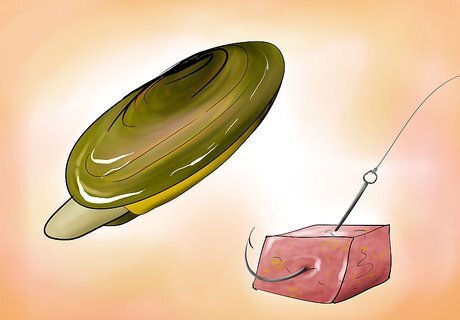
Use local clam and other soft meat. Shellfish are great for attracting fish in their native area. Clams, mussels, liver, and other soft meat should be left out in the sun to harden before use, or else frozen beforehand and used when partially thawed. Once the meat is hardened, pierce the hook through it in as many different places as possible. Hide the end of the hook in the meat. If it still won't adhere to the hook or you suspect a fish could peel it right off, use fine thread or wire to tie it on.
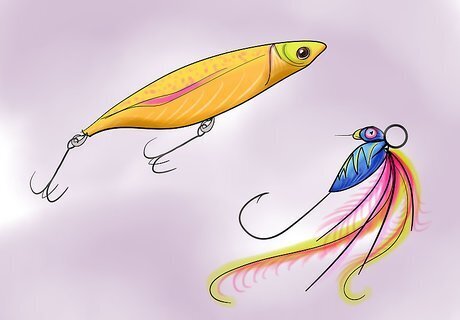
Buy artificial bait for the right depth. You can find artificial lures that sink, float, or stay just under the surface. In addition to customizing for your fish's habits, you can find artificial bait intended to attract a specific species by smell or appearance. In order to hook a standard artificial "grub," thread the hook through the mouth of the bait until the front reaches the eye of the hook. Push the end of the hook out through the grub's stomach.
Making a Bridle
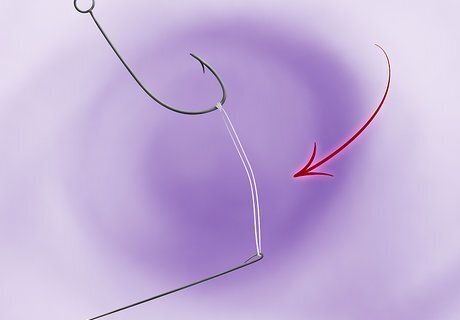
Learn how to use a bridle. A bridle is tied between the hook and the bait fish in order to keep the bait fish alive for a long time and to increase the chance of a good hook, since it is difficult to pull the bridle off. Bridling is most often used in saltwater fishing to catch larger fish, since the proportionally larger bait fish is less replaceable and more easily manipulated.
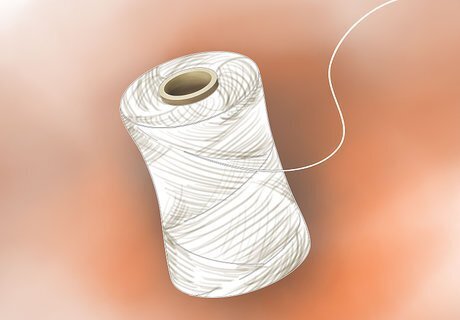
Use thick, synthetic fishing line or rigging floss. A thick cord of Dacron (also called Terylene or Lavsan outside the U.S.) works well. Don't use thin cord as this can cut right through the bait fish.
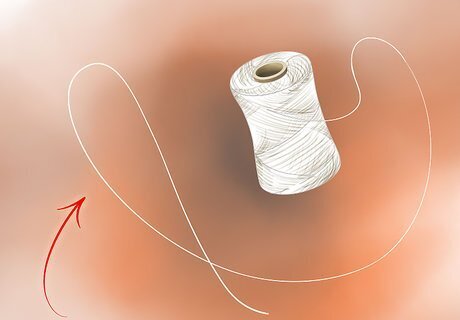
Tie the ends of the line together. Make a loop with 1/4" to 1/2" (6mm to 12mm) ends, or "tags", sticking out.
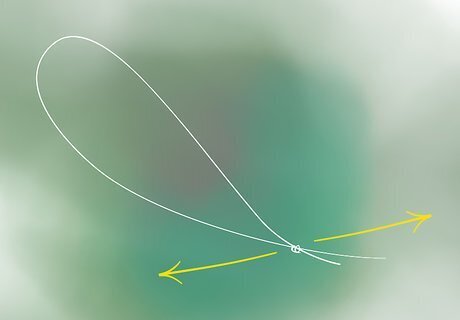
Pull the knot as tightly as you can. Yank both ends of the loop to fasten the knot as tight as possible without pulling the tags through.

Use a lighter to melt the line ends (optional). Hold the lighter flame over the two ends until they are melted enough that they cannot pass through the knot. Pull your loop as hard as you can to make sure it doesn't come apart.
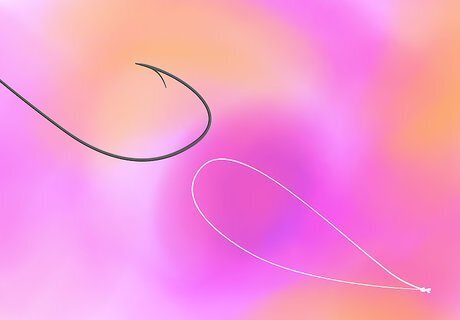
Prepare to tie your bridle to the fishing hook. Place the fishing hook on top of your bridle, resting on a flat surface. Follow the next few steps to secure the two together if you don't know how to tie a "cow hitch". The knot end should be positioned a short distance above the bottom of the hook's "J" shape (or the base of the "O" for a circle hook), with the rest of the bridle passing underneath the hook and extending below the J.
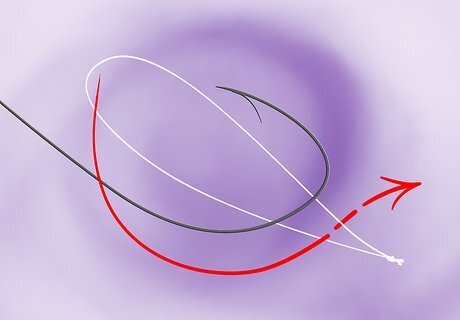
Pass the loop end up over the fishing hook and underneath the knot. It should pass above the J bend of the fishing hook and between the two sides of line next to the knot end.
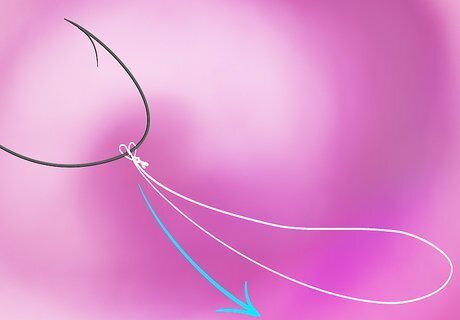
Clinch it down tightly. Pull the slack out of the line so it is tight against the J bend of the fishing hook.
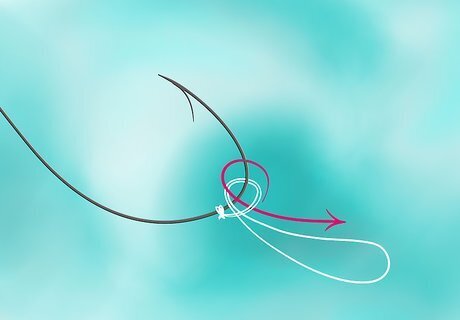
Fasten the bridle in place. Loop the side nearest to the hook end over the hook point and pull it tight against the knot. This keeps it from sliding along the hook. Make a second "hitch" like this if you want to make it extra secure.
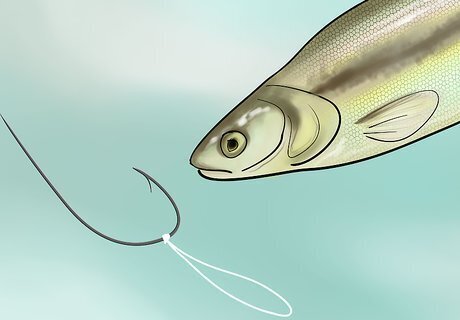
Keep it ready for attachment to live bait. Many fishermen prepare bridles and hooks of several sizes so they are prepared for any size bait fish they happen to catch. You can also bring your own in a bait tank or practice on dead bait to get the hang of it.
Bridling Live Bait
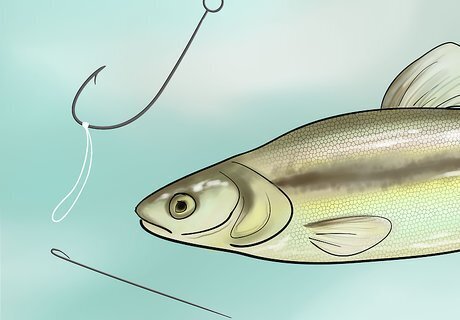
Prepare your bridle in advance. If the live bait needs to remain alive and natural looking for as long as possible, you can attach it with a secure bridle rather than a damaging hook. Have a more experienced fisher make a bridle for you, or follow the instructions for Making a Bridle to create your own.
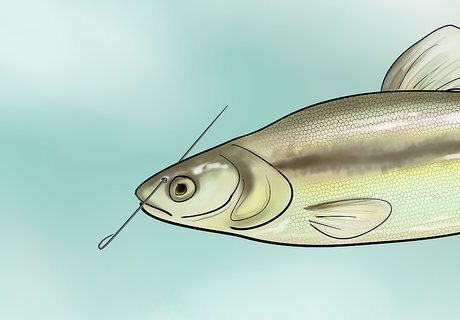
Put a crochet hook through the live bait. You can do this through the eye sockets above or in front of the eyes (not through them), or through a hole in its back near the head. You can use an open eye live bait needle instead of a crochet needle.
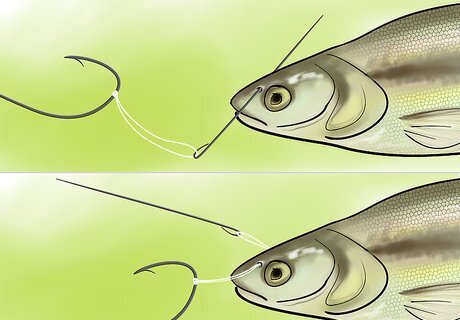
Attach the bridle and draw it back through. Use the end of the needle to catch the loop end of the bridle and draw it through the fish. Keep hold of the loop so the fish's wriggling doesn't pull it back out again.

Put the hook point through the loop on the opposite side of the fish. You should now be able to let go of the line and just keep hold the hook and fish.
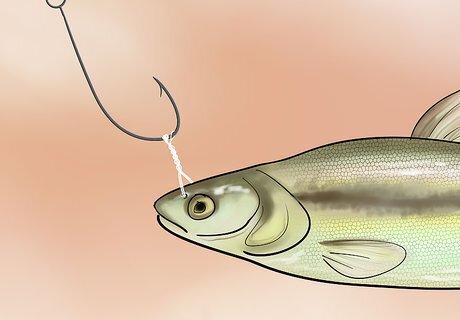
Twist the hook repeatedly. This takes up slack in the line and brings the hook closer to the fish. Do this until there's only a small gap between the fish's head and the twists in the line.
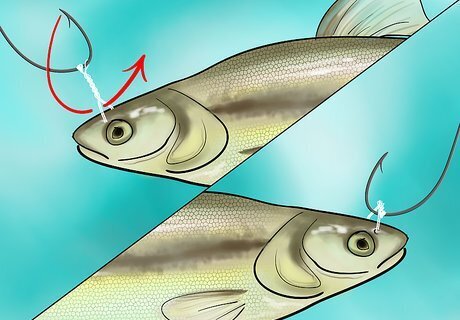
Pass the hook through the gap between the fish and the twists. Thread the hook point between the two sides of the loop, just above the fish's head.
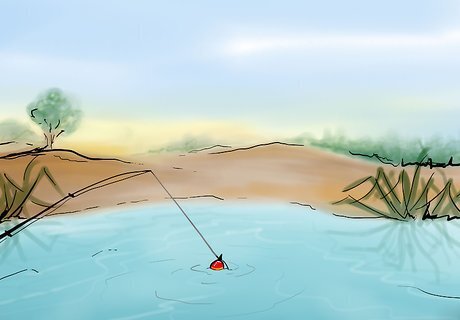
Let out some fishing line and carefully put the bait in the water. If the bridle rig was made correctly, you should be able to use your live bait for hours without it escaping or dying. But let's hope you catch something before then!











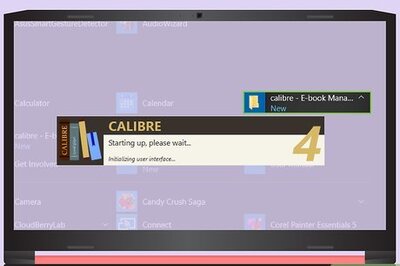





Comments
0 comment